Polluted Paradise
Camila Nicholls
PREFACE
My name is Camila Nicholls and the title of my PressBooks is Polluted Paradise. I plan on using the CC-BY license to publish my work.
The environmental artist I’ve decided to choose for this project is Alejandro Durán. The pictures I will be focusing on are from his “Washed Up” project which is a photo series of plastic that has been collected from washed up shores. This project revolves around the idea of plastic pollution. He organizes colorful pieces of plastic that have washed up ashore on Sian Ka’an, Mexico to create a message.
The purpose of his project is to raise awareness about this environmental issue and to hopefully help those who don’t understand or acknowledge how bad plastic pollution is, to see it in a different way by using colorful, aesthetic images. Durán’s art stood out to me for the beauty but also for the serious message it conveys.
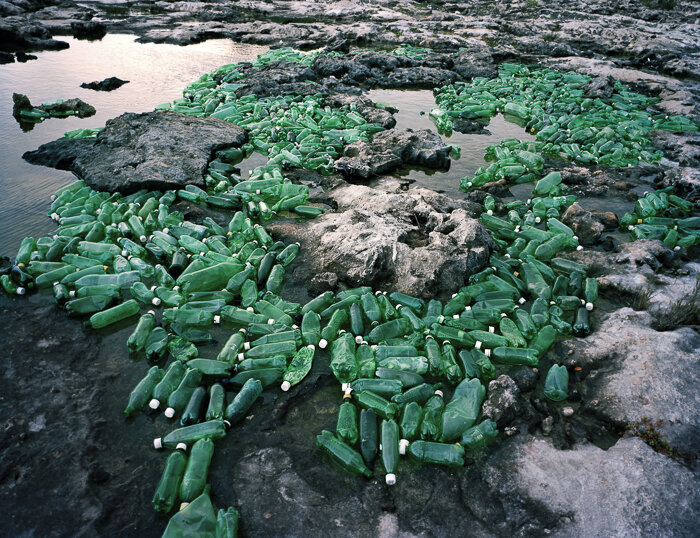
THEMES
Two main themes that Durán’s artwork conveys are awareness of plastic pollution and difference. The idea to arrange plastic washed up ashore and organize it by color to make such stunning images is exceptionally creative. By making such visually pleasing installations of plastic, he is able to capture the attention of viewers and hook them in to help them understand the real problem which is plastic pollution.
His artwork takes a different approach to expose this problem. Instead of showing the negative effects of this global issue with images that would greatly upset people, he makes images that will stand out to everyone. By showing a different perspective of the issue, he allows everyone to be apart and raise awareness for our planet. Plastic pollution is horrible and it’s a known issue worldwide but most don’t understand the severity of the problem. This is where Durán’s artwork comes into play, his mission is to hopefully educate those who are unaware of this problem.
ANALYSIS
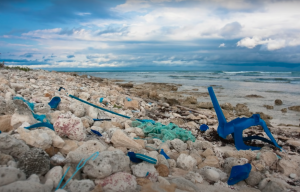
Alejandro Durán first visited this location in 2010 and saw potential in the area. He noticed the great amounts of plastic and decided to incorporate it in pictures. He later realized that these images could be something bigger, something better. He then returned to the location to begin a series of installations on location to photograph them. He ended up working on this project for nearly 10 years.
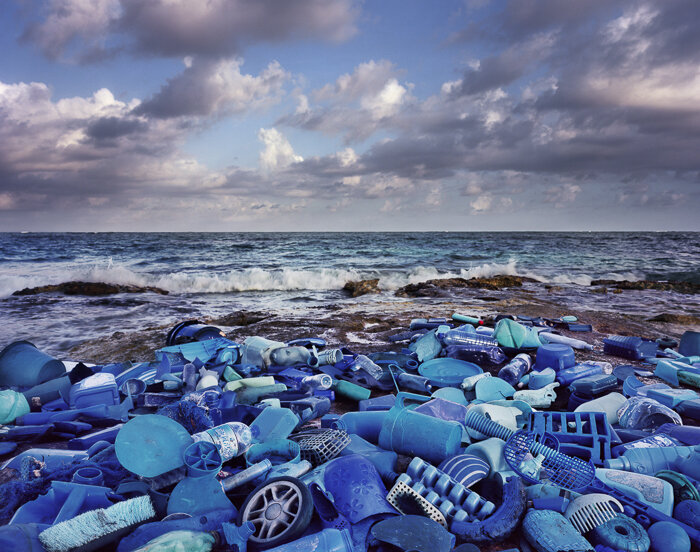
After his second time around in 2013, he created this piece, an upgraded version of the first photograph. Something Durán makes well-know is that the plastic is not painted to look vibrant, everything in the picture is in the condition as it was found on shores around Sian Ka’an, Mexico.
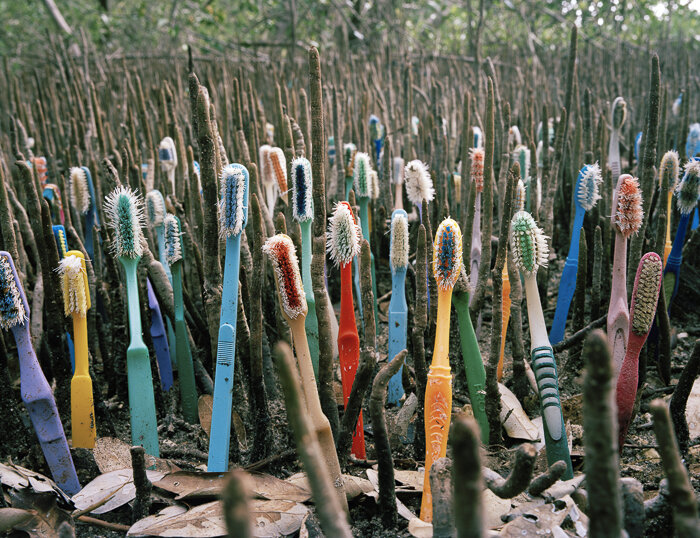
Billions of plastic toothbrushes are sold each year in the world. Many get lost and unfortunately, make their way into rivers and oceans polluting our ecosystems. They are said to take more than 500 years to fully decompose (The life cycle, 2021). Durán decided to use toothbrushes to mimic shoots from the ground. This picture is part of the ones that most stood out to me because of the use of creativity, the simplicity, and the unfortunate truth that plastic has become part of our environment.
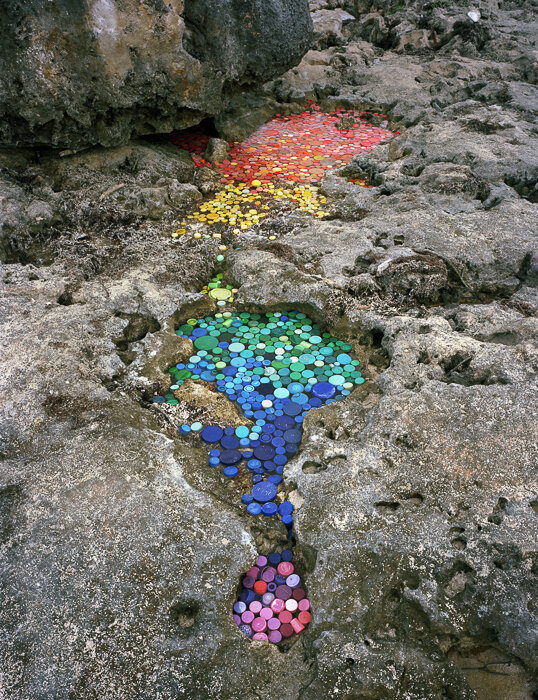
By far, this is one of my favorite photographs in Durán’s project. The colored caps are supposed to resemble an oil spill in the ocean. Oil spills are either accidental or intentional and are all caused by human activity. These spills affect countless organisms in our ecosystems, especially those in our marine life. In this image, you can see how abundant the color red, yellow, green, and blue are while purple is very little. In Alejandro Durán’s TED talk, he explained that purple is the most difficult color for him to find and even refers to it as “gold” because of how rare it is.
APPLICATION
Humans are surrounded by nature all the time in one way or another, whether they live by the beach or in the mountains or even in urban areas. Nature is something that everyone can find beauty in because of how complex our environments are. As humans, we contribute to the decimation of our planet in more ways than one. Artists who use nature to bring forth current issues in our world are heroes in the sense that they help bring awareness to these problems. Without them capturing these photographs, it would be difficult to comprehend how poorly humans are treating the planet.
The reason I decided to choose Durán because his artwork stood out to me the most. All of his photographs caught my eye and I fell in love with the series. As an environmental artist, his purpose is to bring fourth an issue and convey it through his art. I’d say Duran has successfully done just that.
As amazed as I was with the images, I couldn’t help but feel sadness and guilt for everything us humans have done to our beautiful planet. The series is unlike anything I’ve seen before and I was astounded by how he was able to use to plastic in such an ingenious way and make the most out of the vibrant colors. A deeper message about the environment was able to come through the images and that’s what I believe makes these photographs so special.
Sources
(July 1, 2021). “The life cycle of plastic.” WWF Australia. https://www.wwf.org.au/news/blogs/the-lifecycle-of-plastics.
(2022). “Washed Up Photo Series.” Alejandro Duran. https://alejandroduran.com/photoseries.
Media Attributions
Algas (Algae), 2013
Derrame (Spill), 2010
Brotes (Shoots), 2014
Mar (Sea), 2013

